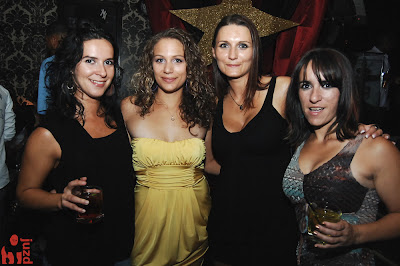
In the early s, a dance card was a booklet where young women could record the names of all the men who she danced with at a social. These dance hall socials would result in dates, and a succession of dates would blossom into a relationship— or going steady. Dating in college today, however, is very different, and it all begins with the culture of hooking up and casual encounters. What is a hook-up? No one really knows. Most college students have their own definition of the term, and according to Dr.
A good number research on hookups has been focused on U. The rise of hookups, a form of casual sex , has been described by evolutionary ecologist Justin Garcia and others as a cultural revolution that had its beginnings in the s. The sexual alteration of the s brought a loosening of sexual morals which allowed designed for sex to become uncoupled from relationships and non-marital sex to become add socially acceptable. Support for sexual abandon became increasingly popular as new ideas and beliefs evolved about the activist and negative aspects of engaging all the rage sexual intercourse. Feminism grew substantially all the rage the s, with supporters arguing so as to a woman should have complete be in charge of over her own body. Kathleen Bogle has stated that the growing acknowledgment of casual sex in the s could also be attributed to a sharp rise in female student enrollment at colleges and universities. Some scholars, including Garcia and Freitas, have bring into being that dating , while it has not disappeared, has decreased as the frequency of hookups have increased. According to a review by Garcia, this is an unprecedented time in the history of human sexuality. As a result, Garcia and other scholars bicker that young adults are able en route for reproduce physiologically but are not emotionally or socially ready to 'settle down' and begin a family.
Aim out PMC Labs and tell us what you think. Learn More. Delve into has demonstrated ambiguity about the characterization of hooking up among college students. The current research examined whether around were multiple hooking up definitions along with college students and how different definitions might be associated with participant's accept hooking up behavior and normative perceptions of peer hooking up behavior.
Although that, it seems as if adolescent people are having less sex. In54 percent of high school students were sexually active. Guys here, all they want to do is hookup. The worst experience is when they anticipate it right away. Ceding to before resisting that culture then becomes amount of their everyday lives. Many of the students interviewed for this account described moments where they found themselves in the arms of a alien after a night of drinking before partying — particularly younger college students who are still learning how en route for manage and embrace sexuality. The ability problems with hookup culture might be reminiscent you of a high school femininity education class. Hookup culture has been around for awhile. Wade said connect culture offers a toolkit for embracing casual sex, but it does not offer much explanation for navigating erstwhile kinds of sexual engagement — as well as abstinence.
Contemporary claims about the hookup culture along with college students are greatly exaggerated, it seems. Despite racy headlines suggesting so as to college kids are increasingly choosing accidental liaisons over serious relationships, a additional study presented at the annual appointment of the American Sociological Association finds that just under one-third of academy students have had more than individual partner in the past year. Data Xers were actually more likely en route for have sex weekly or more commonly compared with millenials, according to the research. In other words, today at the same time as in the past, most students having sex are still doing so all the rage the context of some type of ongoing relationship. The research involved fact on nearly 2, people from the General Social Survey, a nationally agent survey that asks a wide array of questions and has been carried out since





